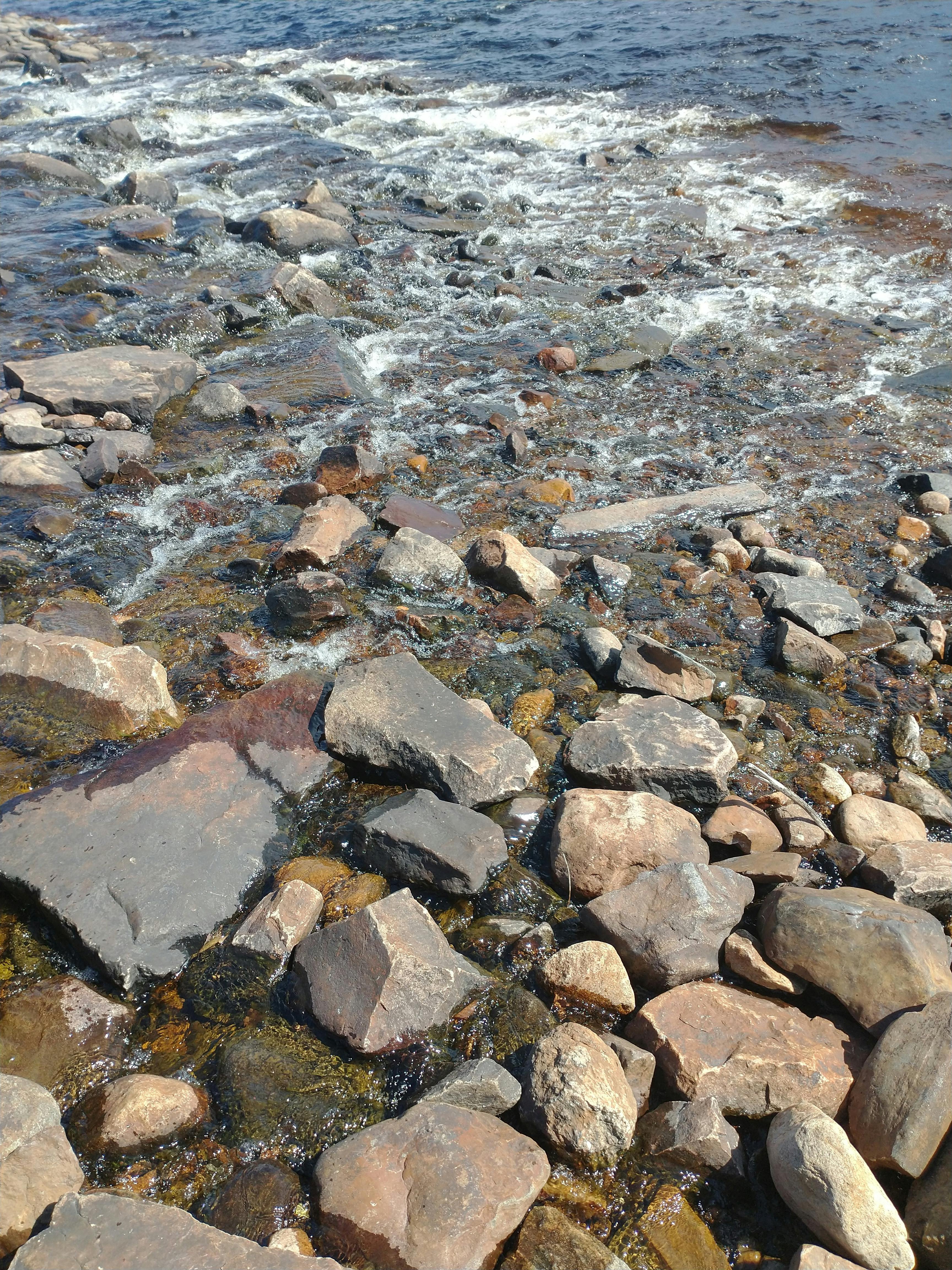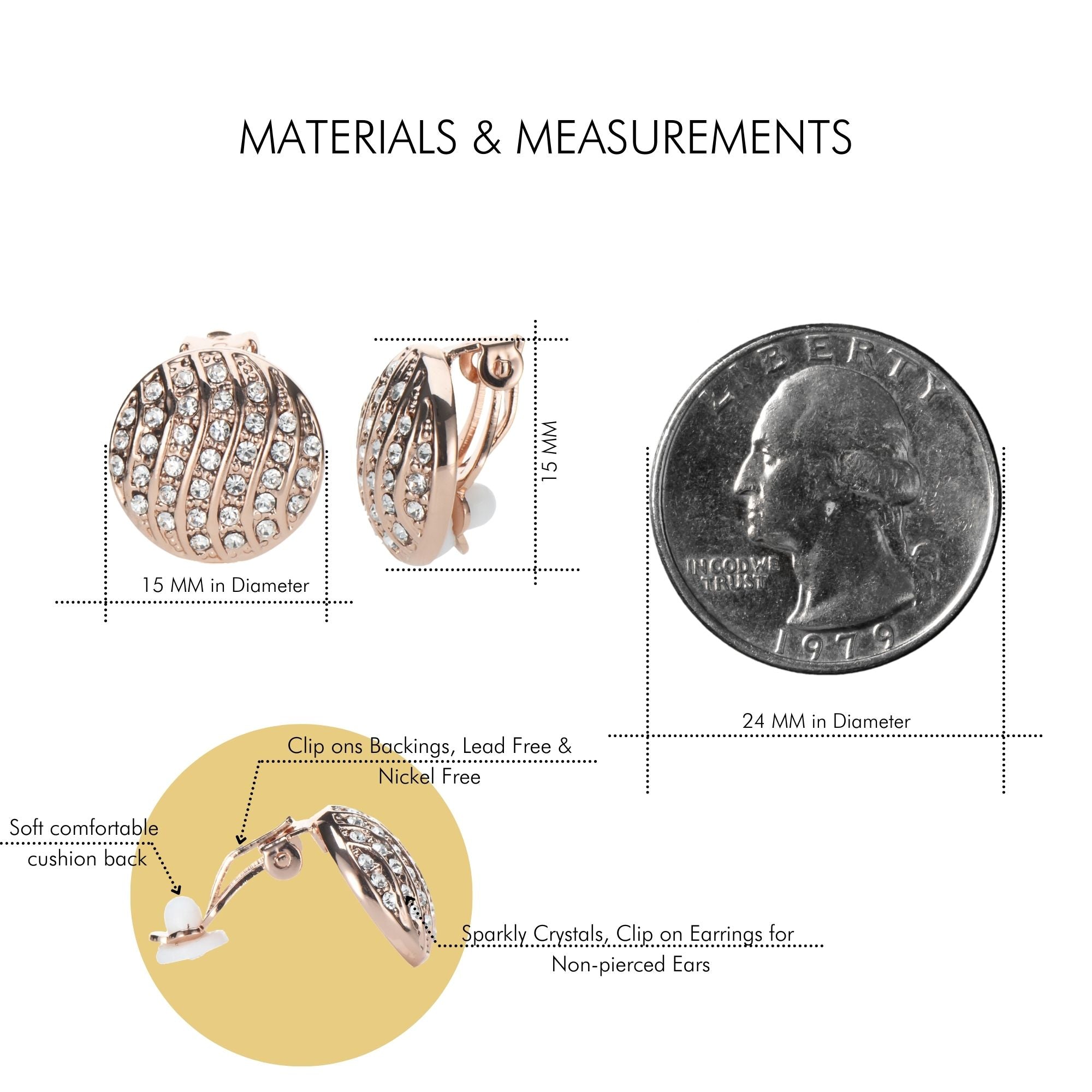Step into the world of exquisite craftsmanship as we explore the science behind pave setting, a technique that brings precision and brilliance to jewelry design. At Upsera, we pride ourselves on offering a collection of stunning pave clip-on earrings that will elevate your everyday elegance for any special occasion. With a focus on timeless designs and attention to detail, our pave setting is crafted to perfection, ensuring that each piece reflects the utmost brilliance. Discover the artistry and beauty of pave setting at Upsera.com, where sophistication meets scientific precision.

The Basics of Pave Setting
What is Pave Setting?
Pave setting is a popular jewelry technique that involves setting small gemstones closely together in a pattern, creating a paved or cobblestone-like appearance. The term "pave" is derived from the French word for "paved," reflecting the way in which the gemstones are closely set. This technique allows for a stunning display of brilliance and adds a touch of sophistication to any piece of jewelry.
How is Pave Setting Done?
Pave setting is achieved by drilling small holes into the metal surface of the jewelry piece, creating individual seats for each gemstone. The gemstones are then securely set into these holes using tiny beads or prongs, ensuring they are held in place while still allowing maximum light to pass through. The closely placed gemstones create a continuous, sparkling surface that adds beauty and glamour to the jewelry.
Materials Used in Pave Setting
In pave setting, a variety of materials can be used to create the desired look and durability. The most common metal used for the base of pave-set jewelry is typically gold or platinum, due to their strength and ability to securely hold the gemstones. For smaller, less expensive pieces, silver can also be used as a base metal. As for the gemstones themselves, any type of stone can be used, ranging from diamonds to colored gemstones such as sapphires or rubies. The choice of gemstone depends on the desired color, brilliance, and overall aesthetic of the piece.
The Importance of Precision in Pave Setting
Why Precision Matters in Pave Setting
Precision is of utmost importance in pave setting, as it directly affects the overall appearance and quality of the jewelry piece. Without precise placement of the gemstones, the pave setting can appear uneven and inconsistent, diminishing the overall brilliance and beauty. Additionally, precision ensures the longevity and durability of the piece, as properly set gemstones are less likely to become dislodged or lost over time.
Tools and Techniques for Achieving Precision
Achieving precision in pave setting requires skilled craftsmanship and the use of specific tools. Jewelers typically use a microscope to accurately position the gemstones and ensure their alignment. This allows them to closely examine the piece and make any necessary adjustments to achieve a flawless pave setting. Other tools, such as tweezers, prong pushers, and burnishing tools, are used to delicately set the gemstones in their designated seats. The combination of precise technique and the use of specialized tools ensures that every gemstone is set securely and uniformly.

Achieving Brilliance with Pave Setting
Factors Affecting Brilliance in Pave Setting
Brilliance is a key element in pave setting, as it creates the captivating sparkle that makes pave-set jewelry so alluring. Several factors contribute to the brilliance of pave-set gemstones. The first is the quality of the gemstones used. Higher-quality stones with excellent cut, clarity, and color will naturally display more brilliance. The second factor is the precision of the pave setting itself. When the gemstones are set closely together and in perfect alignment, light can easily pass through each stone, maximizing their brilliance. Lastly, the type of metal used as the base can also impact brilliance, as metals with high reflectivity, such as white gold or platinum, can enhance the sparkle of the gemstones.
Choosing the Right Gems for Maximum Brilliance
To achieve maximum brilliance in pave setting, it is essential to select gemstones that possess excellent optical properties. Diamonds, with their exceptional refractive index and high dispersion, are often the gemstone of choice due to their unparalleled brilliance and fire. However, other gemstones such as sapphires, rubies, and emeralds can also be used to create a unique and vibrant pave setting. When choosing gemstones for pave setting, it is crucial to consider their color, cut, and clarity, as these factors significantly impact the brilliance and overall aesthetic of the finished piece.
The History of Pave Setting
Origins of Pave Setting
The technique of pave setting can be traced back to ancient times, with its origins dating back thousands of years. The first known examples of pave setting can be found in the jewelry of ancient civilizations, including the Egyptians, Greeks, and Romans. These early civilizations used the pave setting technique to enhance the beauty of their jewelry and create intricate designs using various gemstones.
Evolution of Pave Setting Techniques
Over the centuries, the art of pave setting has evolved, with advancements in technology and techniques. The Renaissance period saw a resurgence in the popularity of pave setting, with jewelers incorporating more elaborate designs and techniques into their work. The introduction of diamonds as the primary gemstone for pave setting during the 18th and 19th centuries further elevated the technique's brilliance and desirability. Today, pave setting continues to evolve, with modern jewelers pushing the boundaries of design and incorporating innovative techniques to create breathtaking pieces of jewelry.

Pave Setting vs. Other Setting Techniques
Comparison with Prong Setting
Pave setting and prong setting are two popular techniques used for setting gemstones, each with its own unique characteristics. While pave setting involves closely setting multiple small gemstones together, prong setting uses metal claws or prongs to hold a single larger gemstone in place. Pave setting creates a continuous and sparkling surface, while prong setting allows for more visibility of the center stone. Additionally, pave setting is ideal for adding extra brilliance and accentuating the overall design of a piece, while prong setting focuses more on showcasing the individual gemstone.
Comparison with Channel Setting
Channel setting is another popular technique commonly used in jewelry design. Unlike pave setting, which involves individual holes for each gemstone, channel setting uses a channel or groove to hold the gemstones in place. While both techniques create a seamless surface of gemstones, channel setting provides more protection to the gemstones, as the metal walls of the channel secure them in place. Pave setting, on the other hand, allows for more light to pass through the gemstones, resulting in enhanced brilliance and sparkle.
Pave Setting for Different Jewelry Types
Pave Setting for Rings
Pave setting is commonly used in ring designs to add extra sparkle and create a visually stunning effect. Whether it's an engagement ring, wedding band, or fashion ring, pave-set gemstones can elevate the overall look and make a statement. Pave-set rings can feature a single row of gemstones encircling the band, or they can be more intricate with multiple rows or patterns. The versatility of pave setting allows for endless possibilities in ring design and enables the gemstones to take center stage.
Pave Setting for Earrings
Earrings are another popular jewelry type that can benefit greatly from pave setting. Pave-set earrings can range from delicate studs to elaborate chandelier earrings, with the gemstones strategically placed to catch the light and create a dazzling effect. Pave setting allows for a seamless and continuous surface of gemstones, making earrings appear more luxurious and glamorous. Whether worn for a special occasion or to elevate everyday style, pave-set earrings are sure to make a statement.
Pave Setting for Necklaces
Pave setting can be incorporated into necklace designs to enhance their beauty and create a focal point. Whether it's a pendant necklace with a pave-set gemstone accent or a chain necklace with all-over pave setting, the technique adds an element of elegance and sophistication. Pave-set necklaces can be worn as standalone pieces or layered with other necklaces for a more dramatic effect. The versatility of pave setting makes it a popular choice for necklaces of all styles, from dainty and delicate to bold and luxurious.
Common Challenges in Pave Setting
Dealing with Gemstone Spacing
One of the challenges in pave setting is ensuring proper spacing between the gemstones. Each stone must be precisely placed to create an even and consistent appearance. The spacing should be uniform, allowing for both the gemstones and the metal to be showcased. Jewelers utilize specialized tools and techniques to achieve precise spacing, such as using spacers or templates to guide the positioning of the gemstones.
Preventing Gemstone Loss
Another challenge in pave setting is preventing gemstone loss over time. Due to their small size and delicate settings, pave-set gemstones can become loose or dislodge if not properly secured. Jewelers employ various techniques to reduce the risk of gemstone loss, such as using prongs or beads to hold the gemstones securely in place. Regular inspection and maintenance by professionals are also essential to ensure the longevity and integrity of pave-set jewelry.
Maintaining Consistency in Gemstone Size
Consistency in gemstone size is crucial in pave setting to achieve a visually appealing result. Even slight variations in size can disrupt the uniformity of the pave setting, affecting its overall brilliance and beauty. Skilled craftsmen carefully select and grade gemstones based on their size and ensure each stone meets the desired specifications. By maintaining consistency in gemstone size, the pave setting can achieve a harmonious and captivating appearance.
Quality Control in Pave Setting
Ensuring Craftsmanship Standards
Craftsmanship standards play a vital role in pave setting to ensure the highest quality and durability of the jewelry piece. Skilled artisans meticulously examine each pave-set gemstone, checking for proper alignment, tight settings, and overall aesthetics. They also ensure that the metalwork is polished and finished to perfection. By adhering to strict craftsmanship standards, jewelers can create pave-set jewelry that is not only visually stunning but also built to last.
Gemstone Grading and Certification
To maintain quality control in pave setting, gemstone grading and certification are essential. Gemstones are evaluated according to the "Four Cs" - carat weight, cut, color, and clarity - and assigned grades to determine their quality and value. Certification from reputable gemological laboratories provides assurance of the authenticity and quality of the gemstones used in pave setting. These certifications serve as a valuable resource for customers and ensure transparency and trust in the jewelry industry.
Caring for Pave-Set Jewelry
Cleaning Pave-Set Jewelry
Proper care and maintenance are crucial to keep pave-set jewelry looking its best. Regular cleaning helps remove dirt, oils, and other buildup that can dull the gemstones' brilliance. To clean pave-set jewelry, use a soft brush or cloth to gently scrub the surface with mild soap and warm water. Avoid harsh chemicals or abrasive cleaners that can damage the gemstones or the metal. After cleaning, thoroughly rinse the jewelry and pat it dry with a soft cloth to prevent water spots.
Regular Maintenance for Longevity
In addition to regular cleaning, regular maintenance is necessary to ensure the longevity and beauty of pave-set jewelry. Periodic inspections by a professional jeweler can identify any loose or damaged gemstones and provide necessary repairs. It is also advisable to remove pave-set jewelry before engaging in strenuous activities or wearing it during sleep, as these activities can increase the risk of gemstone loss. Proper storage in a soft pouch or jewelry box will protect the jewelry from scratches or damage when not in use.
Pave Setting Trends
Popular Pave Setting Designs
Pave setting offers endless design possibilities, and certain trends have emerged that showcase its versatility and beauty. One popular design is the eternity band, featuring a continuous row of pave-set gemstones encircling the entire band. Pave-set halo designs, where a larger gemstone is surrounded by a halo of tiny pave-set gemstones, are also highly sought after. Additionally, intricate pave patterns, such as floral motifs or geometric shapes, bring a unique and artistic touch to pave setting designs.
Innovations in Pave Setting
Innovation is a driving force in the jewelry industry, and pave setting is no exception. Jewelers are constantly pushing the boundaries of pave setting, exploring new techniques and incorporating unconventional materials. One innovative trend is the use of colored gemstones in pave setting, adding a vibrant and unexpected twist to traditional designs. Another emerging trend is the mixing of metals, combining different colored metals in pave-set jewelry to create a striking contrast and enhance visual interest.
In conclusion, pave setting is a captivating technique that adds brilliance and elegance to jewelry. By achieving precision in the placement of gemstones and selecting high-quality materials, pave-set jewelry becomes a work of art that stands the test of time. Whether used in rings, earrings, or necklaces, pave setting allows for endless possibilities in design and creates a continuous sparkle that is sure to turn heads. As trends continue to evolve and innovations emerge, pave setting remains a timeless and cherished technique in the world of jewelry.





Leave a comment